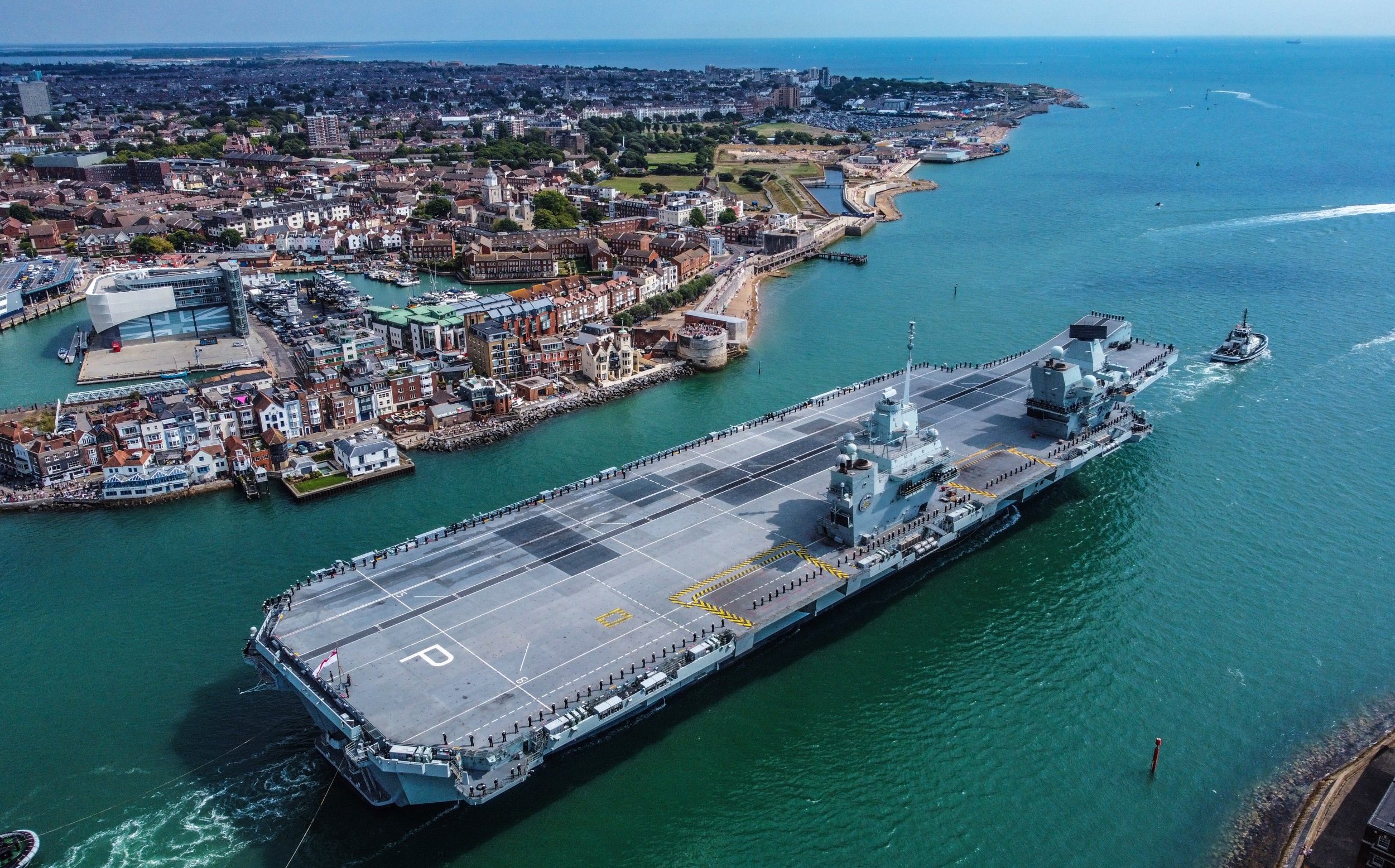M8 Prince of Wales



The M8 Prince of Wales was a British submarine commissioned in 1963. It was one of the first nuclear-powered submarines built by the United Kingdom. The ship was named after the Prince of Wales, the heir to the British throne.
The M8 Prince of Wales was constructed to provide the Royal Navy with a nuclear-powered submarine capable of carrying out long-range patrols. The ship was designed to be stealthy and fast, and it was equipped with a variety of weapons, including torpedoes and missiles.
Design and Features
The M8 Prince of Wales was a single-hull submarine with a length of 285 feet and a beam of 33 feet. The ship had a displacement of 4,200 tons and a crew of 130. The submarine was powered by a Rolls-Royce PWR 1 reactor, which provided it with a top speed of 25 knots.
The M8 Prince of Wales was equipped with a variety of weapons, including six 21-inch torpedo tubes and four Polaris missiles. The ship also had a sonar system and a radar system.
Technological Advancements, M8 prince of wales
The M8 Prince of Wales was one of the first nuclear-powered submarines built by the United Kingdom. The ship’s nuclear reactor provided it with a number of advantages over diesel-powered submarines, including increased speed, range, and endurance. The M8 Prince of Wales was also equipped with a variety of advanced weapons and sensors, which made it one of the most powerful submarines in the world at the time of its construction.
M8 Prince of Wales



Naval Operations
The M8 Prince of Wales was a British Majestic-class submarine serving in the Royal Navy during World War II. It was one of the largest submarines ever built, measuring over 300 feet in length and displacing 2,500 tons. The M8 Prince of Wales was armed with six 21-inch torpedo tubes and two 4-inch deck guns. It was also equipped with a variety of sensors, including sonar, radar, and hydrophones.
The M8 Prince of Wales entered service in 1943 and quickly became one of the most successful submarines in the Royal Navy. It sank over 40 enemy ships, including the German battleship Bismarck. The M8 Prince of Wales also played a major role in the Battle of the Atlantic, helping to protect Allied shipping from German U-boats.
The M8 Prince of Wales was decommissioned in 1946 and sold for scrap in 1957. However, its legacy lives on as one of the most successful submarines in British naval history.
M8 Prince of Wales



M8 Prince of Wales: Impact and Legacy
The M8 Prince of Wales played a pivotal role in naval warfare, shaping tactics and strategies, and leaving a lasting legacy in maritime history.
Impact on Naval Warfare
The M8 Prince of Wales introduced innovative design features that revolutionized naval warfare. Its advanced weaponry, including multiple turrets and powerful guns, provided unprecedented firepower and accuracy. The ship’s armor and speed made it a formidable opponent, capable of engaging multiple enemy vessels simultaneously.
Shaping Naval Tactics and Strategies
The M8 Prince of Wales’ capabilities forced naval strategists to reconsider their tactics. Its speed and maneuverability allowed it to outmaneuver slower battleships, while its firepower enabled it to engage enemy ships from a greater distance. This led to the development of new tactics focused on mobility, concentration of firepower, and the use of destroyers and torpedo boats to support larger ships.
Legacy in Maritime History
The M8 Prince of Wales remains a significant vessel in maritime history. Its innovative design and impact on naval warfare made it a benchmark for future battleship development. The ship’s legacy is preserved through historical accounts, models, and exhibits, ensuring its continued significance in the study of naval history and technology.